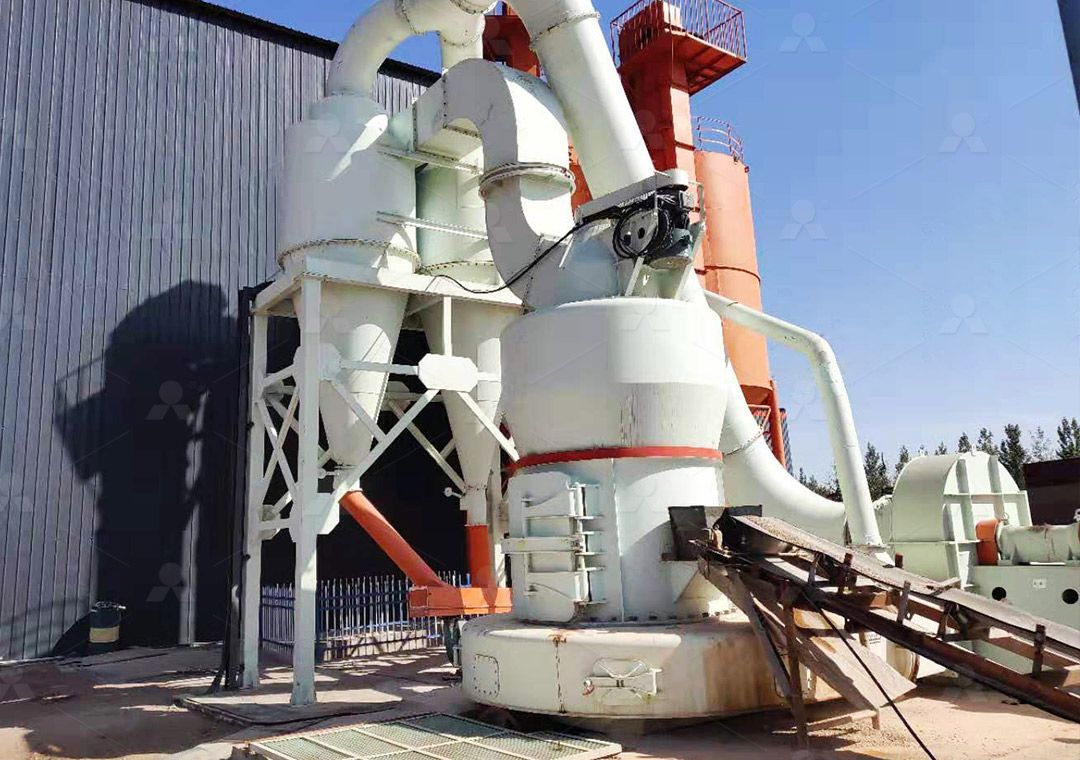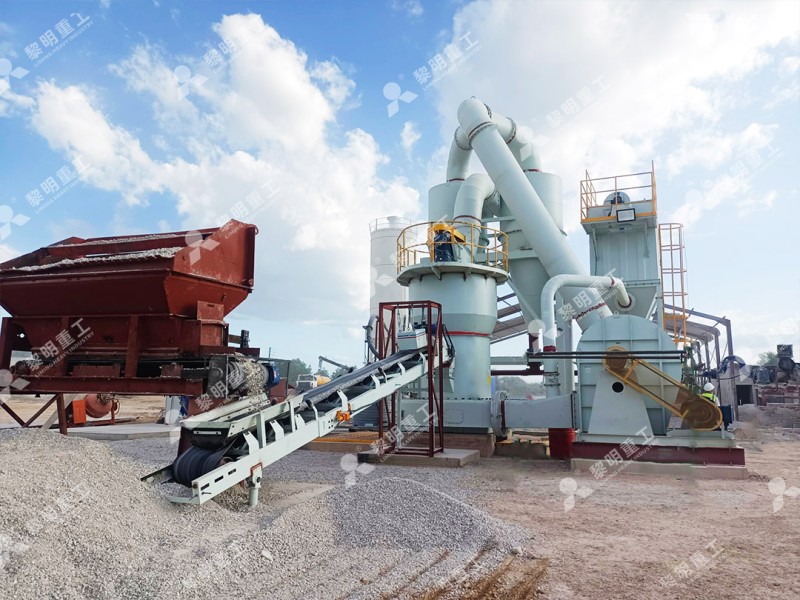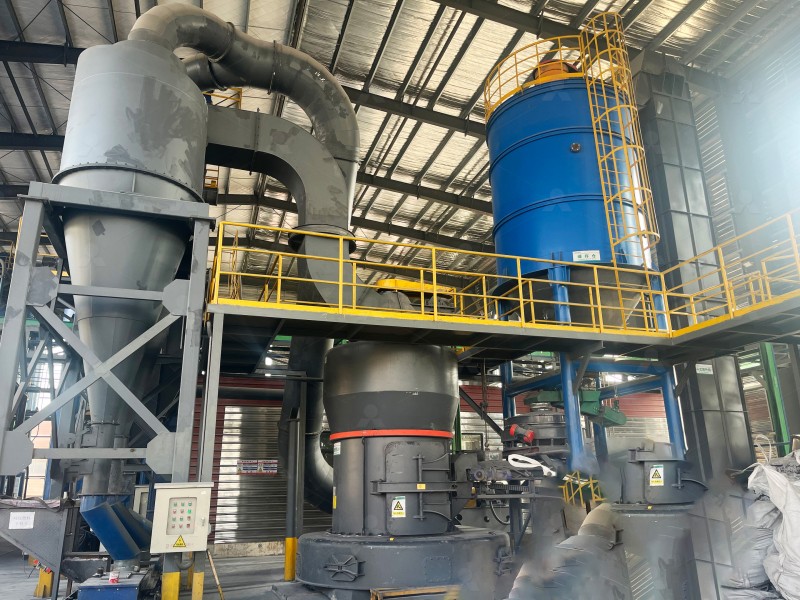High Pressure Raymond Mill for Small to Medium Scale Grinding Operations
High Pressure Raymond Mill: Optimizing Small to Medium Scale Grinding Operations
In the competitive landscape of mineral processing and powder production, small to medium scale operations face unique challenges. Balancing production efficiency, operational costs, and final product quality requires equipment specifically designed for these applications. The High Pressure Raymond Mill has emerged as a cornerstone solution for operations requiring reliable performance in this capacity range.
Traditional grinding approaches often struggle with the precise demands of modern powder production. The High Pressure Raymond Mill addresses these challenges through its sophisticated design that applies substantial grinding pressure while maintaining operational flexibility. This technology represents a significant evolution from conventional milling approaches, offering enhanced control over particle size distribution and production consistency.

Technical Advantages for Modern Applications
The fundamental strength of High Pressure Raymond Mills lies in their mechanical design. By utilizing spring-loaded grinding rollers that apply controlled pressure against a rotating grinding ring, these mills achieve superior comminution efficiency. The pressure can be adjusted according to material characteristics and desired fineness, typically ranging from 80 to 425 mesh, with some advanced models capable of achieving even finer outputs.
For operations requiring ultra-fine powder production beyond the capabilities of standard Raymond Mills, we recommend considering our MW Ultrafine Grinding Mill. This advanced system represents the next generation in grinding technology, capable of producing powders between 325-2500 meshes with exceptional precision. The MW series incorporates German powder separation technology and features a unique design that eliminates rolling bearings and screws from the grinding chamber, significantly reducing maintenance concerns and potential failure points.
The MW Ultrafine Grinding Mill demonstrates remarkable efficiency gains, achieving production capacity 40% higher than jet grinding mills and double the output of ball grinding mills at equivalent fineness levels, while reducing system energy consumption to just 30% of jet mill requirements. For operations looking to upgrade their grinding capabilities while maintaining operational economy, this equipment presents an compelling solution.
Operational Considerations and Best Practices
Successful implementation of High Pressure Raymond Mills requires attention to several operational factors. Proper feed size control is critical, with most models handling input materials up to 25mm effectively. Maintaining consistent feed rates prevents overload conditions and ensures optimal grinding efficiency. The integrated classifier system allows real-time adjustment of product fineness without shutdowns, providing operational flexibility valuable for facilities processing multiple materials.
Another significant consideration is the complete system integration. Modern High Pressure Raymond Mills incorporate efficient dust collection systems that maintain clean operating environments while recovering valuable product. Noise reduction technologies further enhance workplace conditions, making these mills suitable for various industrial settings without requiring extensive additional infrastructure.

Applications Across Industries
The versatility of High Pressure Raymond Mills makes them suitable for diverse material processing applications. From minerals like limestone, calcite, and dolomite to industrial materials such as barite, gypsum, and talc, these mills deliver consistent performance. In the construction sector, they produce fine powders for advanced materials, while chemical and pharmaceutical applications benefit from their precise particle size control.
For operations requiring vertical grinding solutions with enhanced drying capabilities, our LUM Ultrafine Vertical Grinding Mill offers exceptional performance. Integrating ultrafine powder grinding, grading, and transporting in a single system, the LUM series employs the latest grinding roller technology and German powder separating technology. Its unique roller shell and lining plate grinding curve design generates material layers more effectively, enabling high rates of finished products through single-pass milling.
The LUM Ultrafine Vertical Grinding Mill achieves 30%-50% energy reduction compared to conventional grinding mills while incorporating double position-limiting technology that ensures operational stability even under variable feed conditions. The reversible structure simplifies maintenance procedures, allowing quick access to grinding components without extensive disassembly.

Economic Advantages for Growing Operations
For small to medium scale operations, the economic justification for equipment investment extends beyond initial purchase price. High Pressure Raymond Mills offer compelling total cost of ownership advantages through their durable construction, minimal maintenance requirements, and energy-efficient operation. The modular design of modern systems facilitates future expansion as production requirements increase.
The operational flexibility of these mills allows facilities to respond quickly to changing market demands. Quick adjustment capabilities for product fineness and the ability to process diverse materials make them valuable assets in dynamic production environments. When combined with proper material handling systems and operational protocols, High Pressure Raymond Mills deliver consistent returns through reliable performance and minimal downtime.
Frequently Asked Questions
What is the typical capacity range for High Pressure Raymond Mills in small to medium operations?
These mills typically handle capacities from 0.6 to 5 tph, making them ideal for operations that require consistent output without the infrastructure demands of large-scale systems. The exact capacity depends on material characteristics and desired fineness.
How does the MW Ultrafine Grinding Mill achieve higher efficiency compared to traditional designs?
The MW series incorporates newly designed grinding curves of grinding roller and grinding ring that enhance grinding efficiency. Its cage-type powder selector using German technologies increases separation precision, while the absence of rolling bearings and screws in the grinding chamber eliminates common failure points.
What materials are most suitable for processing with High Pressure Raymond Mills?
These mills effectively process non-flammable and non-explosive materials with Mohs hardness below 9.3 and humidity less than 6%, including limestone, calcite, dolomite, barite, talc, calcium carbonate, gypsum, and similar minerals and industrial materials.
How does the LUM Ultrafine Vertical Grinding Mill handle maintenance requirements?
The LUM series features a reversible structure that allows easy access to grinding components. Through this design and the hydraulic adjustment system, operators can quickly move grinding rollers out of the body for inspection and replacement of wear parts, minimizing downtime.
What environmental considerations are addressed in modern grinding mill designs?
Contemporary systems incorporate efficient pulse dust collectors that prevent dust pollution during operation. Silencers and noise elimination rooms reduce acoustic impact, while fully sealed systems operating under negative pressure ensure compliance with environmental standards.
